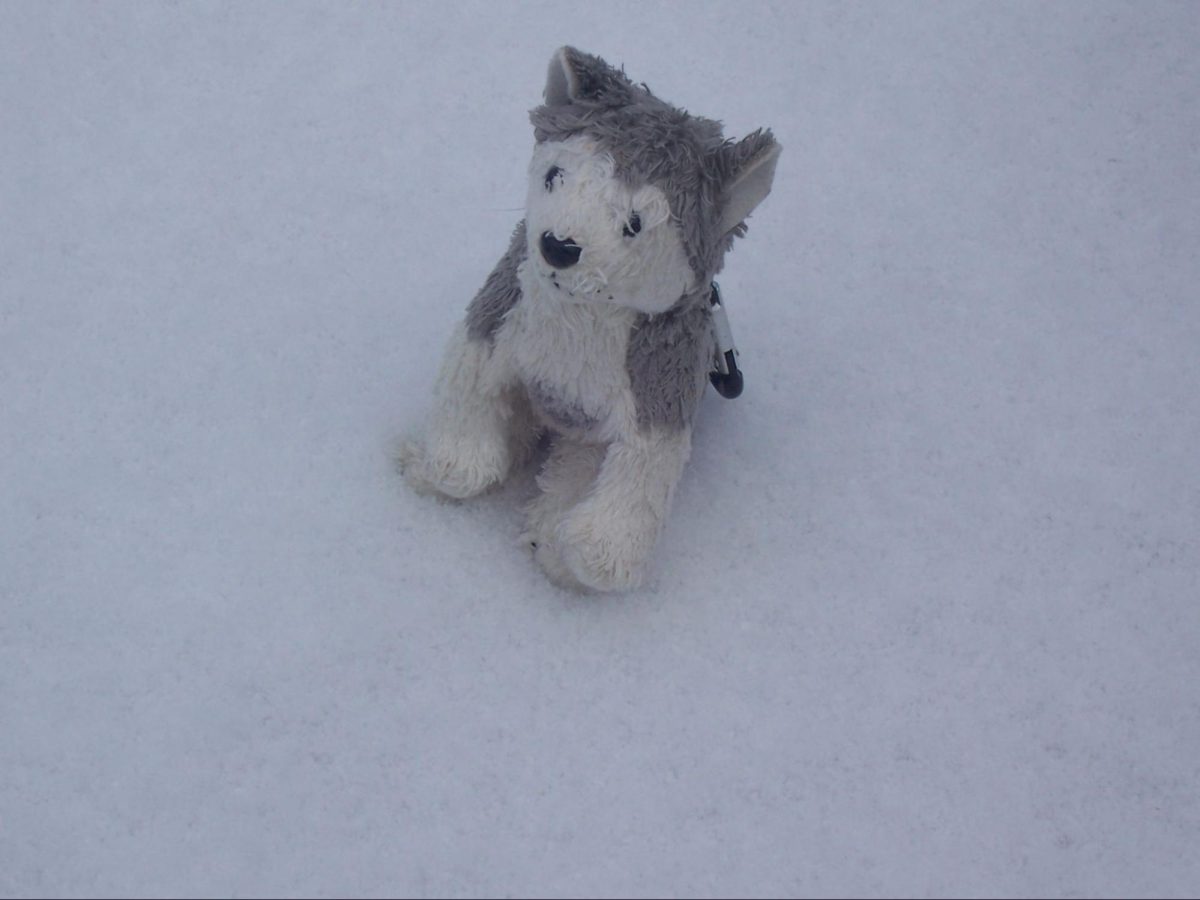How Viruses Work
Educate yourself on the workings of COVID-19
May 3, 2020
A virus is a tiny particle, typically even smaller than bacteria, with the ability to infect humans/animals. Virus particles (virions) come in many shapes and sizes and consist of nucleic acid —which contains the virus’s genetic information— cased in protein and sometimes surrounded by a lipid membrane. Whether or not a virus is a living thing is widely debated as viruses must be attached to a human or animal host cell to perform most of their functions.
Coronaviruses —named for the crown-like spikes protruding from them— are a family of viruses that cause respiratory illnesses. The coronaviruses include many other members, six of which can also infect humans and are responsible for a third of common colds. However, there are only two which have severe impacts on humans: MERS and SARS.
The scientific name of the coronavirus causing our current pandemic is SARS-CoV-2. This virus, like the SARS virus which broke out in the early 2000s, has specially contoured appendages that allow it to easily attach to cells. However, those belonging to the new virus are even more powerful than it’s predecessors. These appendages bind to a protein called ACE2 which is found on the surfaces of cells. Once the virus attaches itself, it injects its own genetic information into the host cell, hijacking its enzymes. The enzymes then make parts for new virus particles, which break out of the host cell once put together. The new virions then move on to infect other cells in the body.
Typically coronaviruses only infect either the upper or lower respiratory tract depending on the strain, however, according to a recent study of SARS-CoV-2 cases in Munich, Germany, the virus is unique in that it seems to infect both the upper and lower airways. Another unusual feature of the virus is its use of an enzyme called furin, which is commonly found in human cells. The combination of these two traits may be the reason SARS-CoV-2 has been so effective and why symptoms are often delayed. However, as of right now many of these theories- while plausible- don’t have much evidence supporting them. Much about the specifics of SARS-CoV-2 is still unknown.
Viruses can be spread in different ways depending on the virus, for example through air or contact with bodily fluids. They can enter through the mouth, nose, eyes, ears, (some can even break through the skin). However, COVID-19 can only be spread through contact with respiratory droplets containing the virus which is why social distancing is an effective form of prevention when properly followed. This is also the reasoning behind the new CDC recommendation to wear cloth face covers as it will reduce the spread of the virus from a potentially sick person to others.
However, although it may be some time before a vaccine is found, if we all do our part by limiting contact with others, washing our hands, and covering coughs and sneezes (either with a mask or just your elbow), we can manage the spread of COVID-19 and minimize its impact.







Nancy Murray • May 25, 2020 at 10:57 am
This was SO INFORMATIVE! I honestly hadn’t taken the time to think about how this virus works and I appreciate the depth you went into. Hope we are closer to a vaccine every day! Thanks for writing this!!